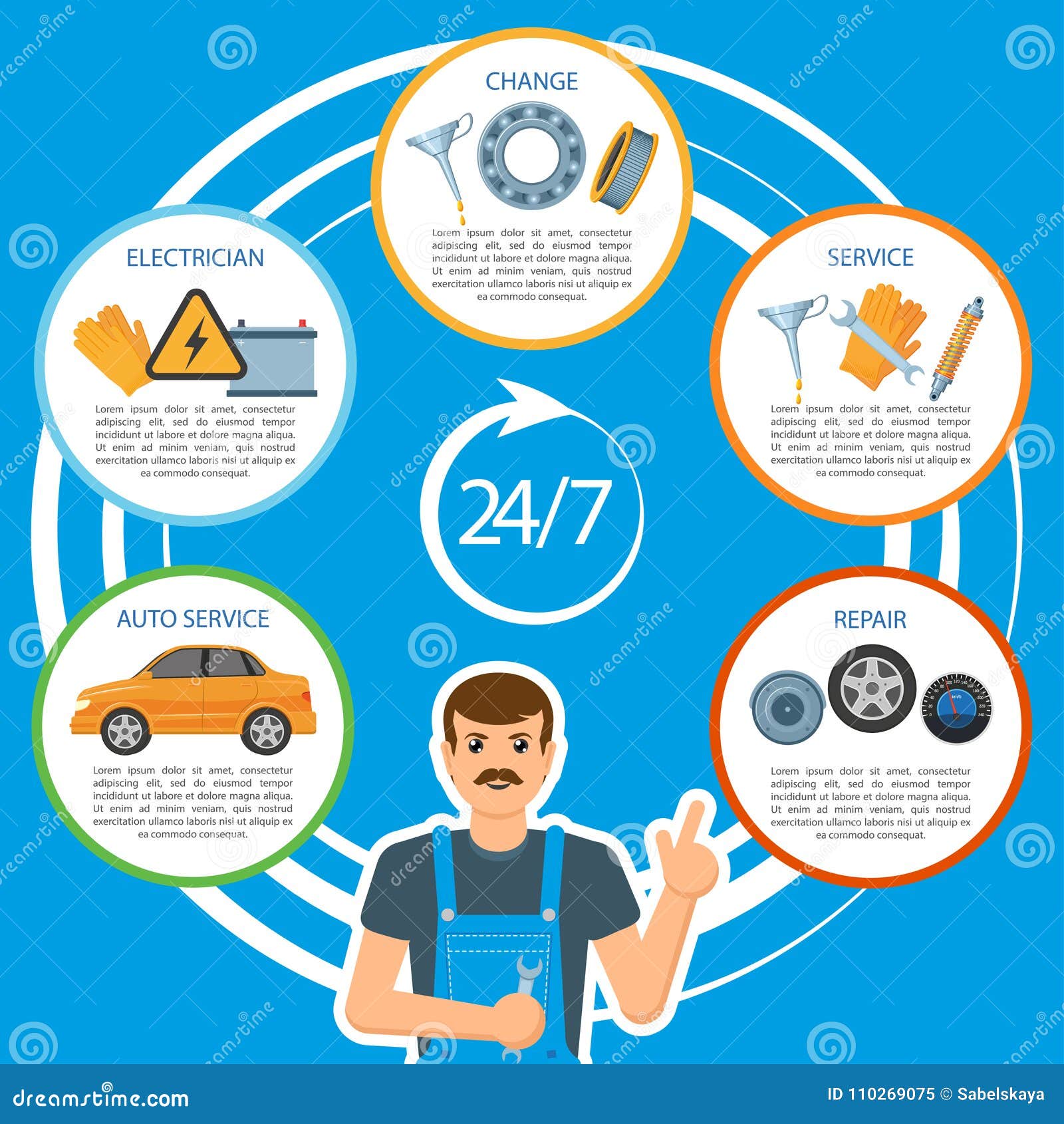Eager To Understand What The Control Panel Caution Lights In Your Car Represent? Discover Their Definitions For The Health And Safety Of Your Car
Eager To Understand What The Control Panel Caution Lights In Your Car Represent? Discover Their Definitions For The Health And Safety Of Your Car
Blog Article
Short Article By-Hartley Corbett
When you're behind the wheel, those radiant caution lights on your control panel can be a little bit perplexing. Do you understand what they're attempting to inform you concerning your cars and truck's health and wellness? Comprehending the relevance of these lights is vital for your safety and security and the longevity of your lorry. So, professional detailing near me following time one of those lights turns up, would not you wish to decode its message accurately and take the needed steps to resolve it?
Common Caution Lights and Interpretations
Identify common warning lights in your cars and truck and understand their definitions to ensure risk-free driving.
The most regular caution lights consist of the check engine light, which signals concerns with the engine or emissions system. If this light begins, it's important to have your vehicle inspected quickly.
The oil pressure cautioning light suggests low oil stress, requiring immediate attention to prevent engine damage.
A blinking battery light could recommend a malfunctioning charging system, potentially leaving you stranded if not dealt with.
The tire pressure tracking system (TPMS) light signals you to reduced tire stress, influencing automobile stability and fuel performance. Disregarding https://www.ratchetandwrench.com/articles/12575-future-proof-your-auto-repair-shop could cause dangerous driving problems.
The abdominal light suggests a problem with the anti-lock stopping system, compromising your capacity to stop rapidly in emergency situations.
Lastly, the coolant temperature warning light warns of engine getting too hot, which can cause severe damages if not settled swiftly.
Understanding these usual caution lights will certainly help you attend to concerns promptly and keep secure driving conditions.
Significance of Prompt Focus
Understanding the usual caution lights in your vehicle is just the primary step; the relevance of immediately addressing these cautions can not be highlighted sufficient to guarantee your safety when driving.
When a warning light brightens on your control panel, it's your automobile's method of interacting a potential concern that requires attention. Ignoring these warnings can bring about a lot more extreme troubles later on, jeopardizing your safety and possibly costing you more in repairs.
Prompt attention to warning lights can stop breakdowns and crashes. As an example, a blinking check engine light might suggest a misfire that, if left unattended, could trigger damages to the catalytic converter. Addressing this immediately can conserve you from a pricey repair work.
In a similar way, a brake system cautioning light may signify low brake fluid or worn brake pads, important elements for your safety when driving.
Do It Yourself Troubleshooting Tips
If you notice a warning light on your dashboard, there are a couple of DIY troubleshooting pointers you can try before seeking professional assistance.
The primary step is to consult your car's guidebook to recognize what the particular caution light suggests. Sometimes best car detailing auckland can be as easy as a loosened gas cap causing the check engine light. Tightening up the gas cap may settle the trouble.
Another usual concern is a low battery, which can trigger numerous cautioning lights. Checking the battery connections for rust and ensuring they're safe and secure could repair the issue.
If a caution light continues, you can attempt resetting it by detaching the cars and truck's battery for a couple of minutes and afterwards reconnecting it. Additionally, checking your automobile's fluid degrees, such as oil, coolant, and brake fluid, can assist troubleshoot warning lights connected to these systems.
Final thought
In conclusion, recognizing your vehicle's warning lights is essential for keeping your lorry running efficiently and safely. By immediately resolving these alerts and understanding what they mean, you can stay clear of expensive repair services and prospective breakdowns.
Bear in mind to consult your auto's manual for specific information on each alerting light and take action accordingly to ensure a trouble-free driving experience.
Stay notified, remain safe on the road!
